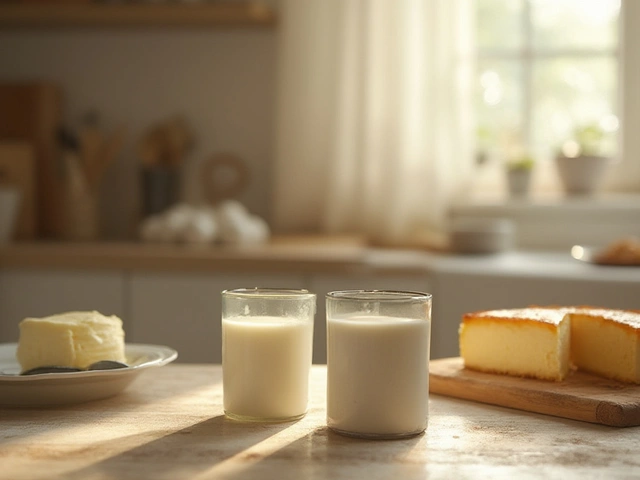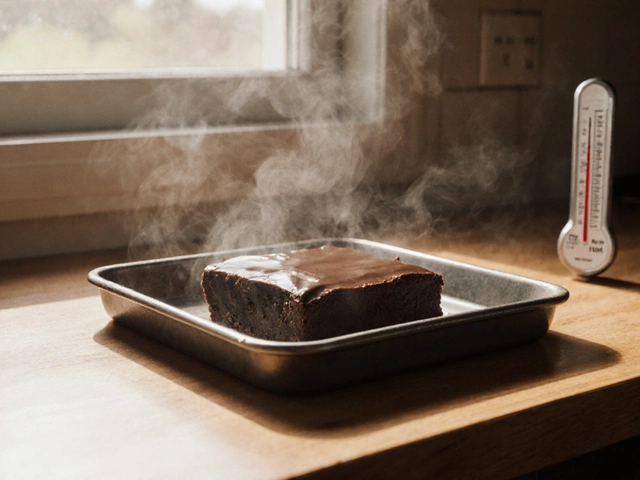Mascarpone Production: From Cream to Classic Desserts
When working with mascarpone production, the process that turns heavy cream into a velvety Italian cheese. Also known as mascarpone making, it creates a key ingredient for many sweet recipes.
One of the first things to know is that mascarpone cheese, a high‑fat, spreadable cheese from the Lombardy region is not a traditional fermented cheese. Instead, mascarpone production hinges on heating cream and adding an acid—usually lemon juice or tartaric acid—to coagulate the fat. The heat step (around 85‑90 °C) encompasses the critical temperature control, while the acid requires careful measurement to avoid curdling. Dairy processors often use stainless steel vats and a gentle stir to keep the mixture smooth. The result is a thick, buttery mass that separates from the whey, which is then drained and cooled.
Key Steps in the Process
First, pour fresh heavy cream into a clean pot and bring it to a gentle simmer. Next, whisk in your chosen acid; the mixture will thicken within minutes. This stage influences the final texture—too much acid makes the cheese grainy, too little leaves it runny. After the curd forms, let it sit undisturbed for about 20 minutes, then transfer it to a cheesecloth-lined colander. Press lightly and refrigerate for at least 4 hours before using. The whole workflow relates to standard dairy processing techniques, making it easy for home cooks to follow without industrial equipment.
Once you have fresh mascarpone, the possibilities open up. Tiramisu, the layered coffee‑flavored dessert loved worldwide relies on mascarpone for its creamy layer; without it, the dessert loses its signature silkiness. Similarly, a no‑bake cheesecake can swap cream cheese for mascarpone to achieve a richer mouthfeel. Even savory dishes, like a creamy risotto or a topping for grilled fruit, benefit from its buttery profile. Compared to ricotta cheese, a whey‑based cheese with a lighter texture, mascarpone offers a denser, more indulgent bite, while still being milder than cream cheese. Knowing these distinctions helps you choose the right cheese for each recipe.
Storage is the final piece of the puzzle. Keep your homemade mascarpone in an airtight container in the fridge and use it within 5‑7 days for best flavor. If you notice any off‑smell or mold, it's time to discard—mascarpone doesn’t have the same shelf‑life as aged cheeses. For longer storage, you can freeze small portions; just thaw slowly in the refrigerator and give it a good stir before serving. These tips ensure your cheese stays fresh, whether you're prepping a birthday cake frosting or a batch of tiramisu for a weekend get‑together. With this overview of how mascarpone is produced, its role in beloved desserts, and practical handling advice, you’re ready to dive into the recipes below and see the cheese in action.

Mascarpone cheese origin: history, production, and role in tiramisu
Explore the history, production and key facts behind mascarpone cheese, its Lombard roots, how it's made, and why it became the essential ingredient in tiramisu.
View More




